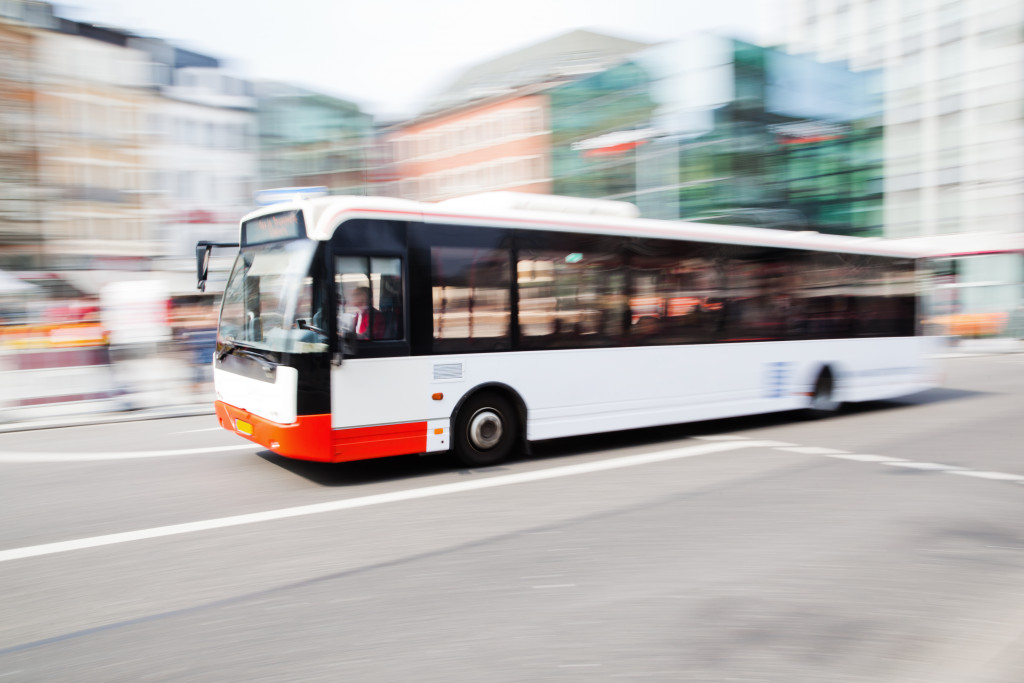In recent years, there has been a global movement to reduce the number of cars on the road. This is due in part because of environmental concerns, but also because most cities are becoming increasingly crowded and congested.
This is not just an issue for local governments but for business owners as well. That’s because public transportation developments like new bus stops or train stations can be an important way to attract customers and keep them coming back.
But these types of changes don’t come cheap: they require funding from both private companies and government grants.
Benefits of Public Transport Developments
There are many benefits that come with improved public transportation. Perhaps the most obvious is that it can help to reduce traffic congestion and pollution. This, in turn, makes it easier and faster for people to get around, which can be a huge boon for businesses.
Better transit options can therefore help to improve employee productivity. When employees have an easy and reliable way to get to work, they’re less likely to be late or absent.
Investing in public transportation can help attract and retain top talent. This is especially true for millennials, who are more likely than any other generation to consider public transit when choosing where to live and work.
Better public transportation also leads to increased foot traffic and customer spending. This is because people are more likely to visit businesses that are conveniently located near transit stops.
It can likewise help boost the economy by creating jobs in the construction and engineering industries, as well as helping businesses save money on things like delivery costs.
And, of course, better public transportation can make it easier for people to visit tourist destinations, which can further improve the economy. In short, there are plenty of good reasons for governments to invest in public transportation projects. This is something that any government should welcome.

Public and Private Cooperation in Global Public Transport Development
There is a need for public and private cooperation in global public transport development. The reason is that both sectors have different but necessary complementary roles to play.
The public sector is responsible for policy, regulation, and infrastructure, while the private sector offers services, technology, and financing.
For public transportation to be effective, these two sectors must work together closely. That is something that the Singapore government understands well and has been able to do effectively.
As a result, the city-state has one of the world’s most efficient and well-connected public transportation systems. And this has had a significant positive impact on businesses based there.
If your business is looking to take advantage of public transportation developments globally, it’s crucial to partner with a reputable and experienced transportation company. Such a company can help you navigate the challenges involved in expanding your business into new markets.
How SMRT Worked with the Singapore Government
It’s helpful to look at a specific example to understand how public and private cooperation can work in developing public transportation.
In Singapore, the government-owned SMRT Corporation worked closely with the Land Transport Authority (LTA) to develop the city-state’s rail network.
That involved the construction of new lines and upgrading and expanding existing ones. It also entailed the introduction of new technologies and services, such as contactless fare payment and real-time passenger information.
The result was a world-class rail system that has had a significant positive impact on businesses in Singapore. Thanks to this close cooperation between the public and private sectors, companies have benefited from improved connectivity, reliability, and efficiency.
The Thomson-East Coast Line
Ngien Hoon Ping will succeed Singapore’s outgoing public transport operator SMRT CEO Neo Kian Hong, effective August 1. From 2016 to 2020, Mr. Ngien was the Land Transportation Authority (LTA) chief. During his term, the Thomson-East Coast Line was in development.
The first stage opened in January 2020, and the second stage opened in August 2021. Stage three will open in the second half of 2022, while the final stage will open in 2025. It will serve from 500,000 commuters in the beginning to a million eventually.
Three firms were awarded the retail operations for all stations — SMRT Experience, Alphaplus Investments, and JR Business Development SEA. They will make retail spaces available to various types of businesses that cater to the needs of commuters. Imagine how many companies will benefit from such foot traffic.
The Call to Governments
Governments need to continue to invest in public transportation infrastructure and projects if they want to keep their economies moving forward. That is something that both businesses and commuters alike will benefit from.
It’s also essential for governments to work closely with the private sector on these projects. Only by doing so can they hope to create a truly effective and efficient public transportation system.

